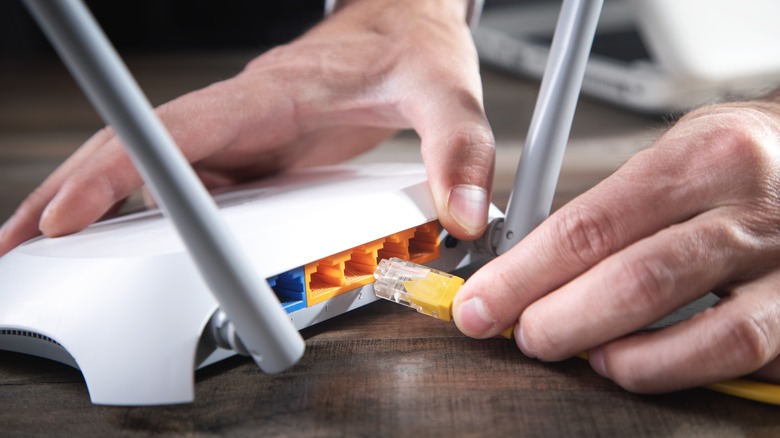

In practice, it is often more about fact-checking specific medical claims rather than screening out unrealistic plotlines. These advisors continue to offer pointers to writers to this day – with arguably mixed results. Over the following decade or so, producers across various medical shows employed – and advertised – their use of medical consultants to supposedly lend expertise. It also featured a dedication to "the profession of medicine, and the men and women who labour in its cause".

Medic opened with a short introduction by an apparently real doctor (it was an actor) who described the affliction or disease underpinning the story that followed, as if it was a case study in a scientific lecture. Even then, writers were deploying tricks to amp up the realism. The genre can be traced back to the 1950s, with US shows such as City Hospital, and Medic. TV medical drama has always blurred the line between truth and fiction. Watching the series, the question it begs, like so many medical dramas before it, is: to what extent is it possible to depict "real" medicine on screen – and what typically goes missing in the translation? It also features some extremely rude British doctor-humour that you'd never hear from ER's George Clooney.ĭoes this kind of irreverence make This is Going to Hurt more "real" than its predecessors? Certainly, it feels like it offers a fresh perspective – but then, like any medical drama, there are still some aspects of hospital life that it cannot show. Where it aims to differ from others in the genre, though, is in its depiction of just how exhausting and personally consequential it can be to work as a junior doctor in the UK's free-at-the-point-of-use National Health Service. In its setting, procedures and emergencies, This is Going to Hurt has the same authentic dialogue and realism that runs as a thread through many medical dramas these days. And sure enough, soon they are both in surgery. "See one, do one, teach one," Kay replies. No, she hasn't, she says, but she's observed one. Following a morning from hell, the doctor Adam Kay (Ben Whishaw) is asking a naïve trainee (Ambika Mod) if she has ever performed a caesarean section. I heard the "see one, do one, teach one" line once again more recently, in the first episode of the new BBC and AMC drama This is Going to Hurt, a punishingly funny portrayal of a British doctor's life on an overworked and underfunded maternity ward in London.
GET IT DONE TV SHOW SERIES
It was one example of how ER's producers managed to integrate a verisimilitude lacking from many soapier medical shows, such as the long-running series General Hospital. Greene's phrase – "see one, do one, teach one" – sounds like it was coined in the ER writers' room, but it's a real teaching method for training students and junior doctors. So goes a conversation between resident Mark Greene (Anthony Edwards) and his junior John Carter (Noah Wyle) in the first season of ER, the 1990s medical drama that spawned many imitators for its realistic depiction of hospital procedures – including lumbar punctures. The trainee's eyes widen as he realises he's going to have to tap someone's cerebrospinal fluid for the first time. "Uh no, but I've seen it done…" "See one, do one, teach one", says the senior doctor. You ever done one?" the senior doctor asks. We're going to have to do a lumbar puncture. They take the man's temperature, and examine his tongue, finding evidence of abrasion and a seizure. "Partially compensated metabolic acidosis," he observes. In a Chicago hospital, two doctors are leaning over an unconscious patient, trying to work our what's wrong with him.


 0 kommentar(er)
0 kommentar(er)
